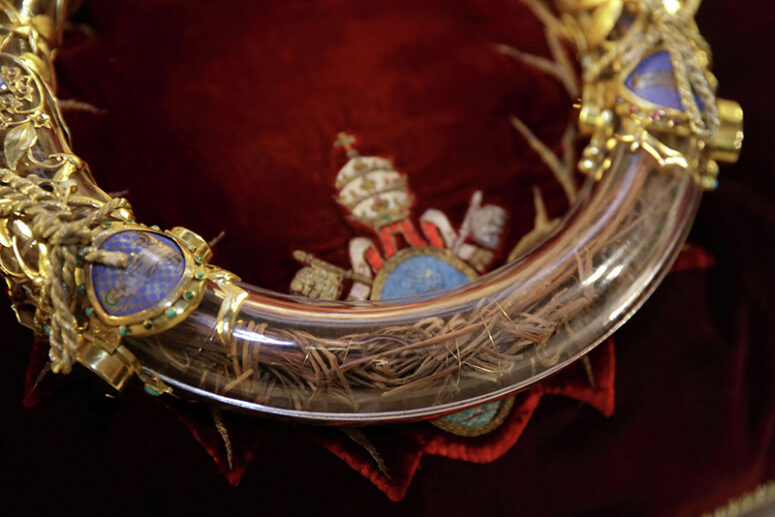
The Crown of Thorns is a crown made of a plant with thorns, which was placed on the head of Jesus Christ by Roman soldiers before His crucifixion.
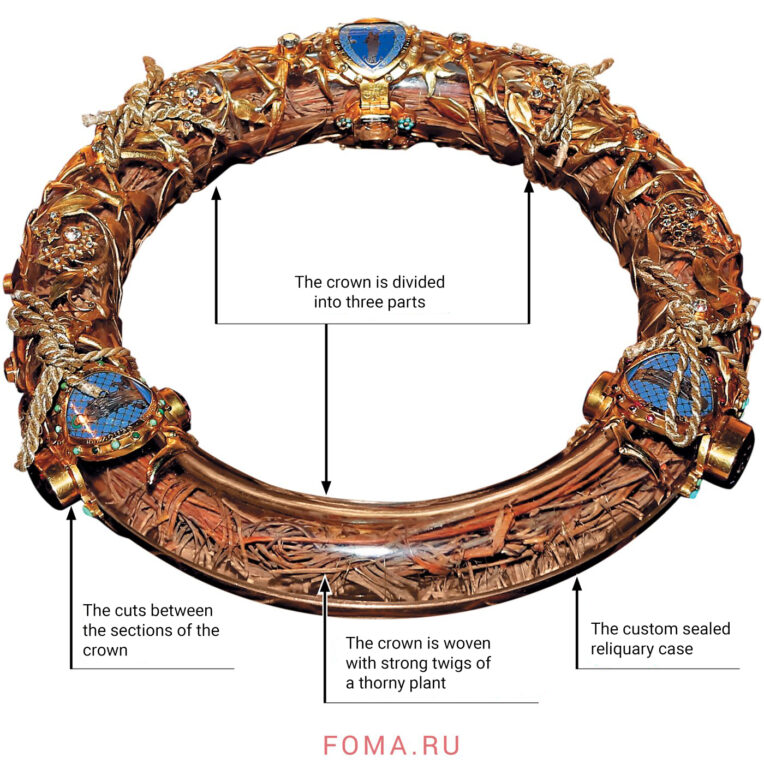
In His sermons, the Savior often spoke about His kingdom, meaning heaven and the kingdom of God. But the Jews brought Him to Pilate’s trial, on a political charge of rebellion against Caesar:
— He is … “forbidding us to pay taxes to the emperor, and saying that he himself is the Messiah, a king.” (Luke 23: 2).
Pilate, wishing to clarify the circumstances of the case, asks Him, “Are you the King of the Jews?” (John 18:33) and receives the answer, “My kingdom is not from this world. If my kingdom were from this world, my followers would be fighting to keep me from being handed over to the Jews.” (John 18:36).
Pilate was satisfied with such an exhaustive answer and tried to demonstrate to the people gathered by the Jewish elders, the absurdity of the accusation brought against Jesus. He wanted to release Christ and ordered his soldiers to arrange this farcical coronation with the scarlet mantle, the reed, the “crown” and the traces of beatings.
The soldiers put on the Prisoner a “crown” woven with branches of thorny bushes with sharp long thorns. They blindfolded Jesus and beat him on the head with sticks. The Crown of Thorns caused unbearable anguish and severe bleeding.
Pilate wanted to show the people, “Here is the man!” (John 19: 5) He wanted the crowd to see Christ as an ordinary weak man. Alas, the hearts of the people were hardened. Encouraged by the elders, they shouted in the face of the tormented and mocked King, “Away with him! Away with him! Crucify him! … We have no king but the emperor.” (John 19:15).
7 Facts about the Crown of Thorns:
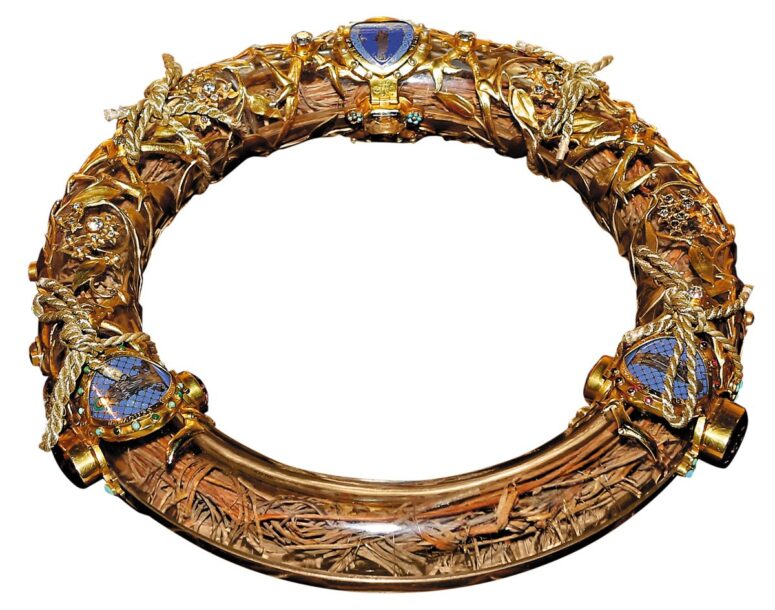
1. The crown was divided into three parts so that the shrine may have been preserved at least partially during the French Revolution. However, all three survived. The reliquary containing the Crown is designed so that the cuts in the Crown are covered by strips of gold.
View the Turin Shroud icon mounted on wood in our catalog >>
2. Wounds from thorns are visible on the Turin shroud (the burial shroud of Christ). The researchers have found 13 wounds on the forehead and 20 on the back of the head.

3. The crown is woven of strong twigs without thorns. Sprigs of Jujube (a fragrant plant) are added to it. It is kept in a custom sealed reliquary case.
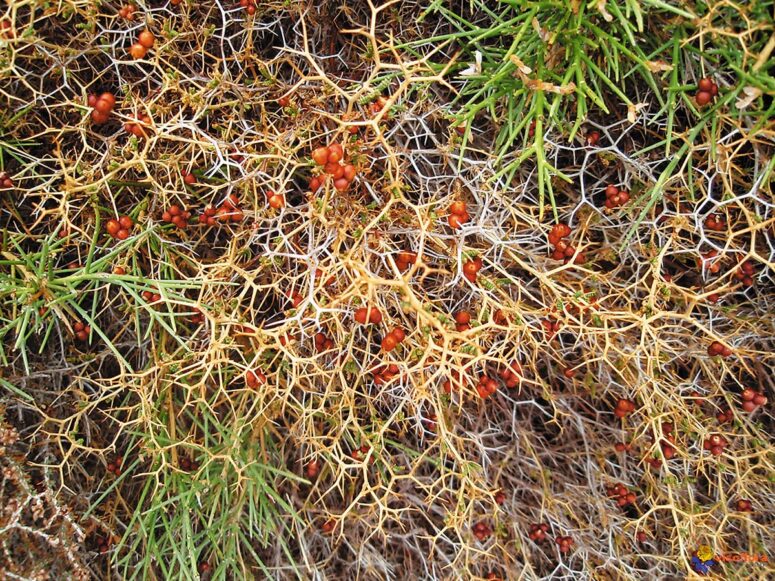
4. There is still debate about the exact plant species that the crown is made of. The most common versions include Jujube, Paliurus Spina-Christi (Christ’s thorn), Sarcopoterium and Hawthorns.
 5. Initially, the Crown had about 70 four-centimeter thorns. Before selling the crown to Louis IX, the Venetians cut the thorns off. They were dispersed among various churches and monasteries around the world.
5. Initially, the Crown had about 70 four-centimeter thorns. Before selling the crown to Louis IX, the Venetians cut the thorns off. They were dispersed among various churches and monasteries around the world.
 6. Louis IX, King of France, paid a half of the annual national budget (135 thousand livres) in order to redeem the Crown from the Venetian merchants who were able to obtain it after the sack of Constantinople by the crusaders in 1204. Louis covered the distance of 40 kilometers to meet the crown and walked barefoot all the way back to Paris wearing a simple chiton and carrying the crown on his shoulders.
6. Louis IX, King of France, paid a half of the annual national budget (135 thousand livres) in order to redeem the Crown from the Venetian merchants who were able to obtain it after the sack of Constantinople by the crusaders in 1204. Louis covered the distance of 40 kilometers to meet the crown and walked barefoot all the way back to Paris wearing a simple chiton and carrying the crown on his shoulders.
Explore hand-painted icons in our catalog >>
According to the 1201 report of Nicholas Messaritis (the sacristan of the Emperor of Constantinople), green leaves appeared on the Crown every year.
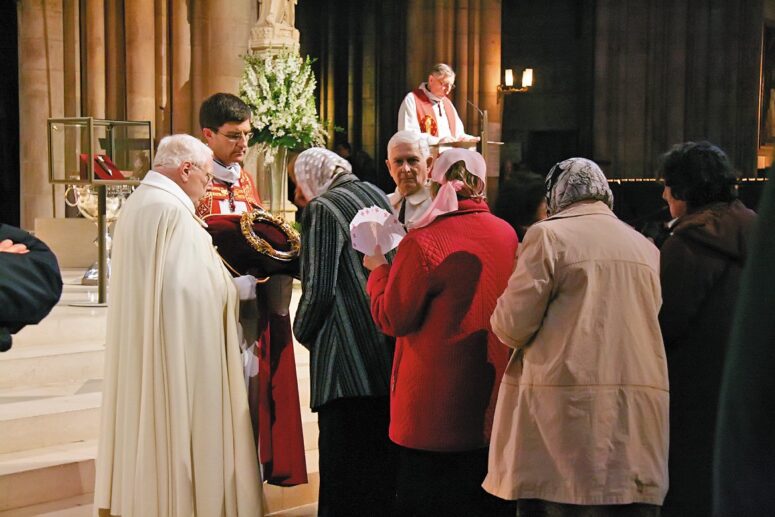
7. 1806, the Crown of Thorns was placed in the sacristy of Notre Dame Cathedral. It is displayed for worship on the first Friday of every month, on every Friday of Catholic Lent and on Great Friday.
Translated by The Catalogue of Good Deeds
Source: https://foma.ru/ternovyiy-venets-infografika.html

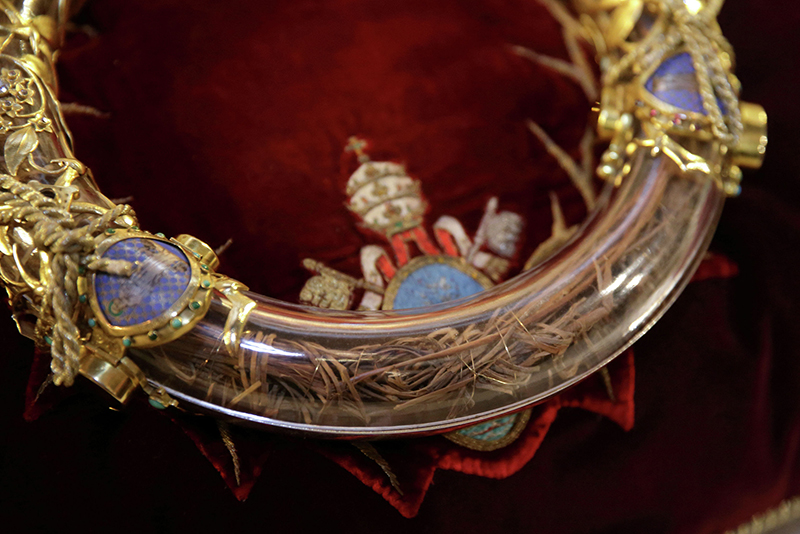

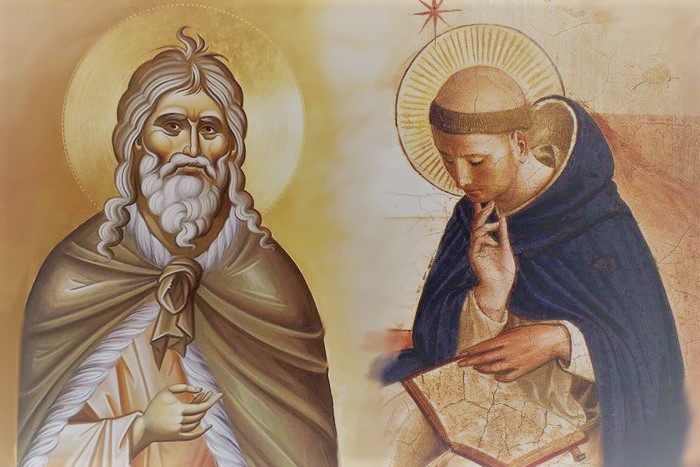
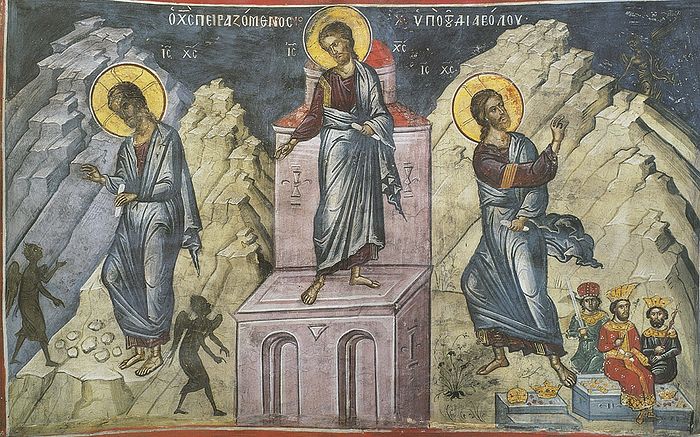
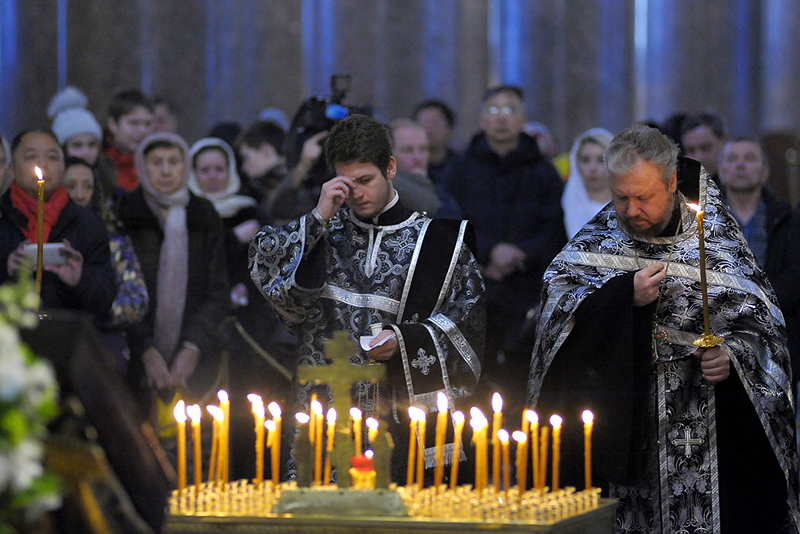
I extremely find your services helpful. Thanks for sharing this information with us.